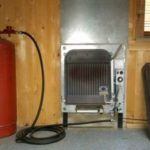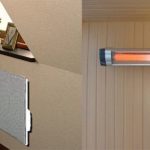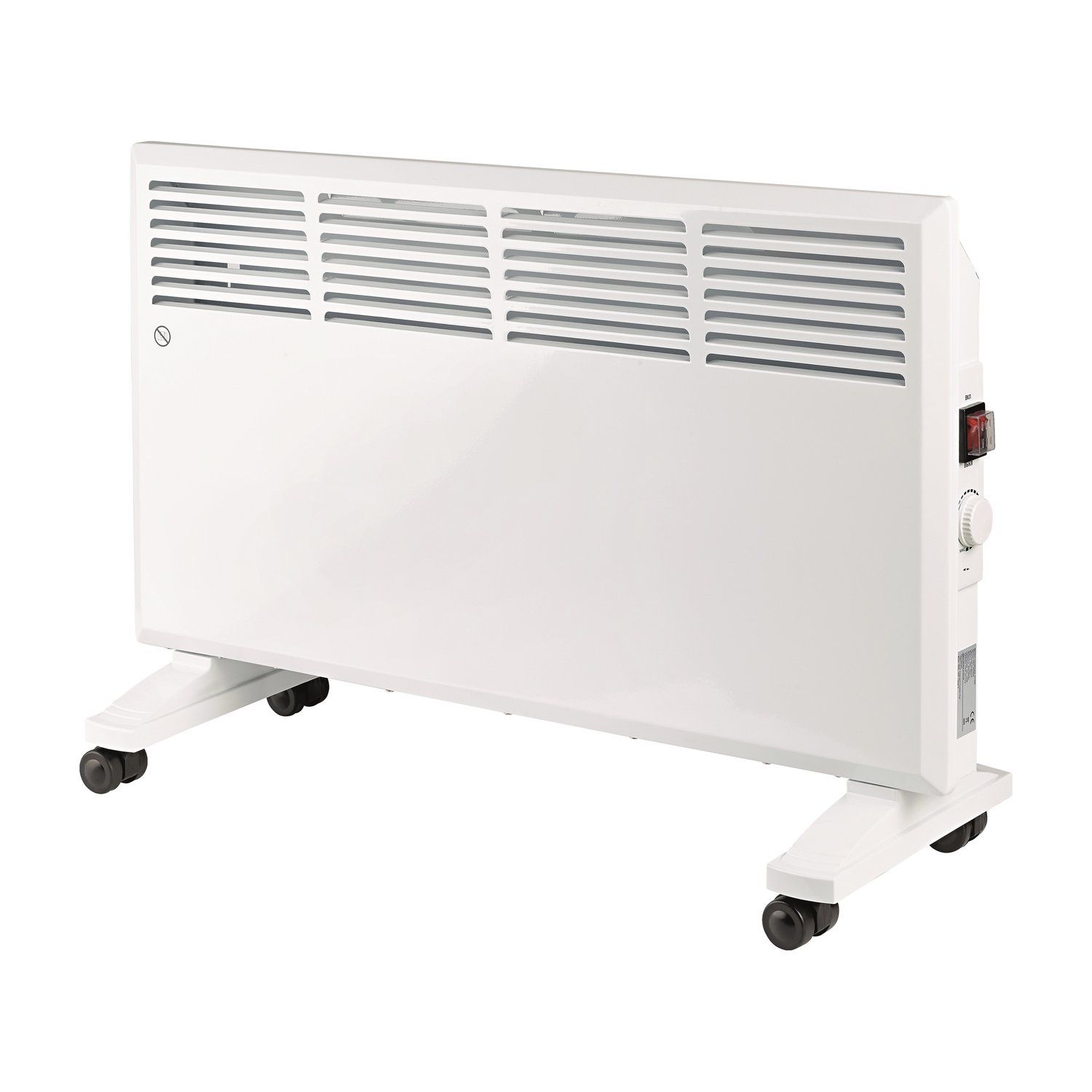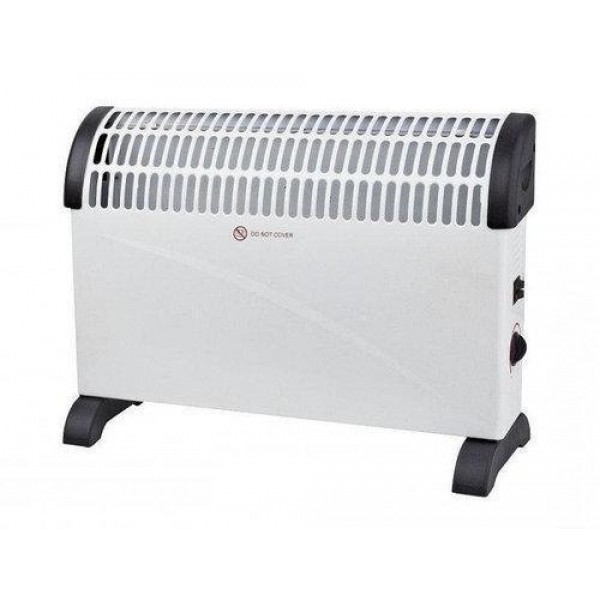How does a gas convector work?
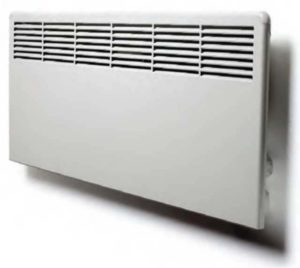 To install an air heating system using gas fuel, you can use a gas convector. The name of the device indicates the energy source that it uses main gas or liquefied gas. The advantage of this fuel is its price, which is lower than the cost of an equivalent amount of electricity.
To install an air heating system using gas fuel, you can use a gas convector. The name of the device indicates the energy source that it uses main gas or liquefied gas. The advantage of this fuel is its price, which is lower than the cost of an equivalent amount of electricity.
Reference! Gas convectors, at a lower cost, will heat an enclosed space faster than their electric counterparts.
The content of the article
Operating principle of a gas convector
A gas convector is a device that operates on the principle of convection. This physical phenomenon is a type of heat exchange in which, as a result of heating, air circulates naturally. Cold air flows passing through the heat exchanger heat up, changing their weight (becoming lighter) and easily rise up, while the heavier cold air falls down. This is the principle of air circulation (convection), due to which it gradually heats up.
Attention! Heaters with a tangential fan, which increases the rate of supply of warm air, and convectors with increased body wall thickness, which accumulate heat and transfer it by thermal radiation, can warm up the room as quickly as possible.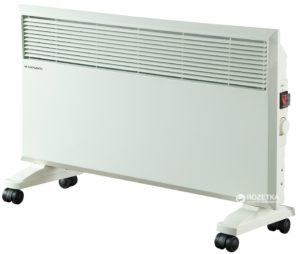
The convector design includes:
- a heat exchanger (made of cast iron or steel) in which the air is heated;
- gas burner designed to burn gas and heat air;
- combination valve for regulating the gas supply to the convector based on the principle of changing gas pressure;
- chimney exhaust system (can be of two types depending on the type of heater: fireplace and parapet)
- a thermostat that maintains a given air heating temperature;
- automation system for monitoring the operation of the device;
- body made of heat-resistant metal painted with heat-resistant paint. For air circulation, it has special narrow cutouts across the entire width in the upper and lower parts.
Heating area and power
Gas appliances will only work effectively in enclosed, confined spaces, so they must be installed in every room. The power of the device is selected at the rate of 1 kW per 10 sq. m.
It is easy to calculate that for a room of 70 square meters. m you need to choose a heater with a power of 7 kW.
Combustion chamber type and fuel consumption
Gas-fired convectors use open (fireplace type) and closed (parapet type) combustion chambers. They differ in their smoke exhaust system. For devices of the first type, air intake and removal of waste combustion products occurs through a stationary vertical chimney, like a conventional stove, the installation of which requires additional material costs.
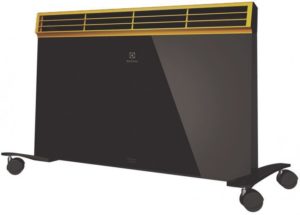 Models of the second type are easier to install. Exhaust air is removed through a coaxial pipe passing along the outer wall near which the heater is installed. The devices under consideration can operate on natural and liquefied gas.
Models of the second type are easier to install. Exhaust air is removed through a coaxial pipe passing along the outer wall near which the heater is installed. The devices under consideration can operate on natural and liquefied gas.
Reference! The cost of convectors running on natural and liquefied gas is almost the same.
This type is characterized by economical fuel consumption. To calculate its consumption, there are basic parameters:
- natural gas – 0.11 cubic meters. m per 1 kW heating power;
- liquefied gas - 0.09 kg per 1 kW of heating power.
Using these parameters, it is easy to calculate, for example, that a 7 kW convector, which can heat a room of up to 70 square meters. m, will consume 0.77 cubic meters in 1 hour of operation. m of natural gas or 0.63 kg of liquefied gas.
Important! To effectively heat a room, it is necessary to choose convectors with power reserves in order to minimize heat losses. Gas consumption will remain almost the same.
Additional functions
There are few such functions. Depending on the model, these may be:
- timer for setting operating and shutdown times;
- fan to increase air circulation.
Convectors with a fan are more efficient.
Which convector is better for a home: wall-mounted or floor-mounted?
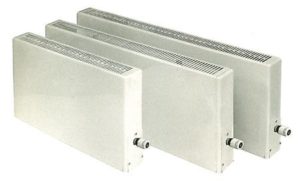 The choice depends, first of all, on the type of housing in which you plan to use the equipment in question. Floor-standing models are more mobile, while wall-mounted ones have a larger heating area.
The choice depends, first of all, on the type of housing in which you plan to use the equipment in question. Floor-standing models are more mobile, while wall-mounted ones have a larger heating area.
For a private non-gasified home, a floor-standing fireplace model that operates on both types of gas is suitable. The gas cylinder is installed in a lockable cabinet outside the house.
For an apartment - a more economical wall-mounted one with a closed combustion chamber.
Important! Connecting a convector to a centralized gas pipeline requires obtaining special permission from the relevant authorities.
The advantage of a closed chamber is the preservation of oxygen in the room. Both wall-mounted and floor-mounted, a properly chosen model can heat a room in 20-30 minutes. Moreover, the main advantage of a gas convector is the possibility of its periodic use, i.e. from time to time, which is especially valuable for country houses and houses without centralized heating and permanent residence in them.

